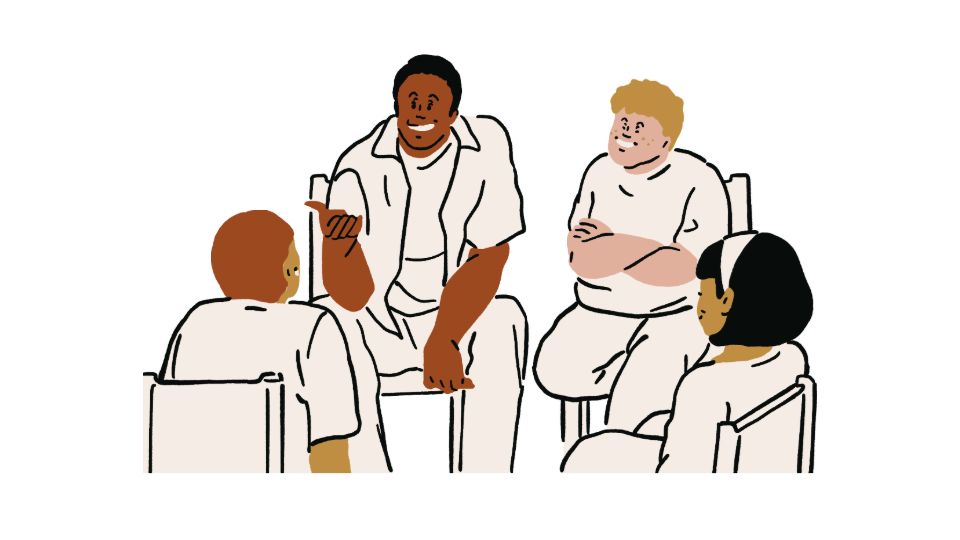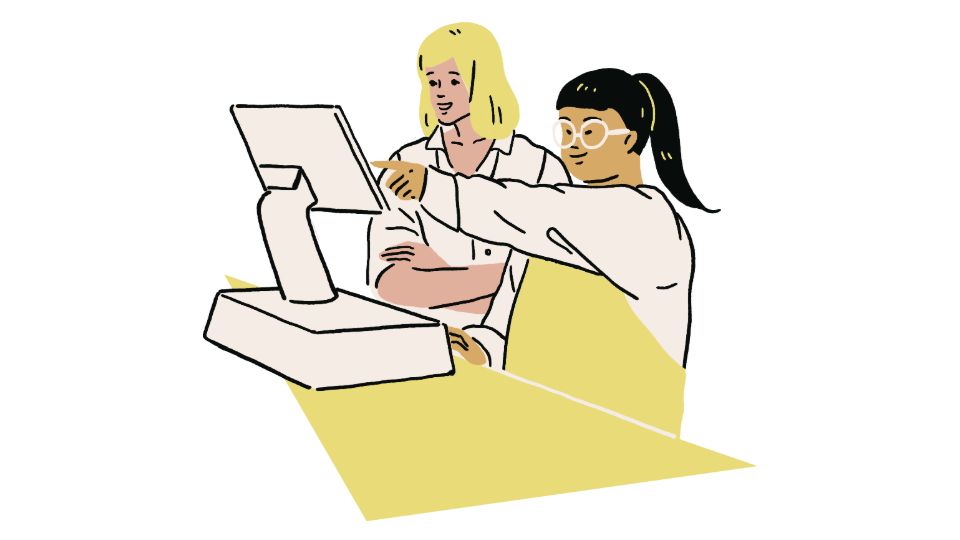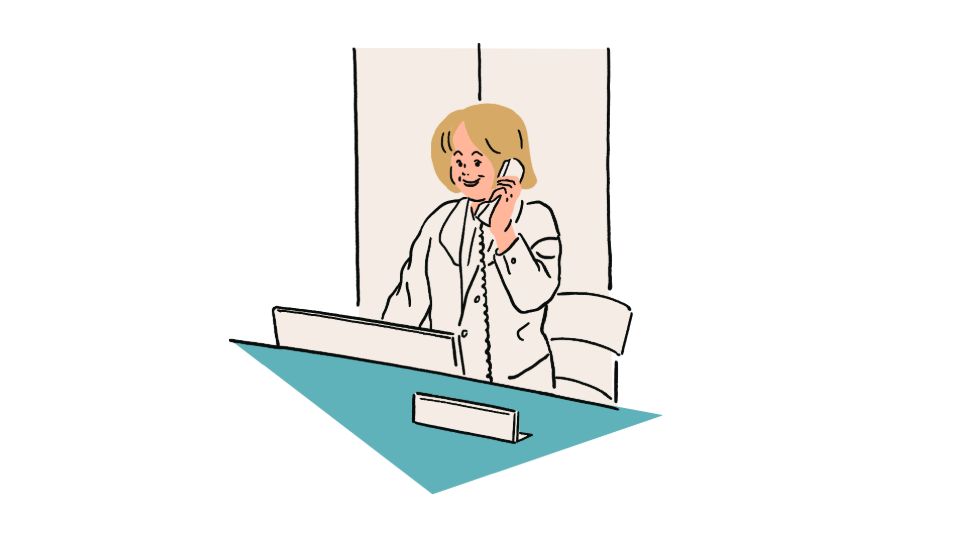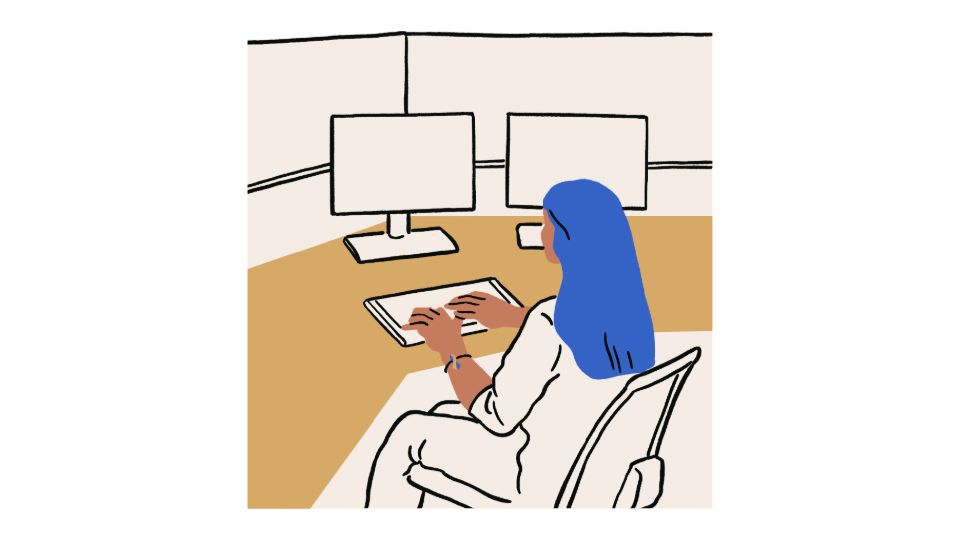How to Find the Best Health Equity Resources (Without the Overwhelm)

Ever feel like healthcare is a game of chance where some people start with loaded dice?
That’s why health equity matters. It’s about giving everyone a fair shot at staying healthy regardless of their zip code, bank account, or background.
But let’s be real—finding resources to actually make health equity happen isn’t always straightforward. Let me break down where to find the good stuff, what to look for, and how to put these resources to work in your community.
Finding Health Equity Resources That Actually Help
Let’s cut through the jargon and get to what matters—connecting people with the care and support they need.
Where to Hunt for Health Equity Resources

1. Government and Public Health Agencies
These big players have the money and mandate to tackle health disparities:
State and Local Health Departments often have special health equity offices with training programs and resources targeted to your community’s specific needs
Federal Agencies like the Health Resources and Services Administration (HRSA) have dedicated Offices of Health Equity working to eliminate disparities
The CDC provides mountains of data that can help you identify exactly where inequities exist in your area
2. Academic and Research Institutions
Universities aren’t just ivory towers—they’re creating practical tools you can use:
Academic medical centers often publish evidence-based frameworks for addressing health disparities
Many universities host community programs and training seminars that are open to the public
Their research can give you the ammunition you need when advocating for change
3. Community-Based Organizations
These are the boots on the ground that know what’s really happening:
Local nonprofits serving specific populations (like immigrant communities or LGBTQ+ folks) often have the most culturally relevant resources
They might offer mobile clinics, health education in multiple languages, or help navigating complicated healthcare systems
Community health centers specifically exist to serve underserved populations and can be gold mines of resources
4. Foundations and Nonprofits
These organizations are pouring millions into health equity work:
The Robert Wood Johnson Foundation publishes comprehensive frameworks on advancing health equity
Organizations like the Commonwealth Fund and Kaiser Family Foundation offer free toolkits and policy briefs
Many foundations provide grants to support local health equity initiatives (hello, funding!)
Essential Health Equity Resources You Should Look For

Education Materials That Actually Make Sense
Not all resources are created equal. Look for:
Training programs that explain health equity concepts in plain language
Webinars and courses that offer practical strategies, not just theory
Materials specifically designed for the populations you serve
Data Tools That Tell the Real Stor
Numbers matter, but only if they’re the right ones:
Resources that break down health outcomes by race, income, gender, and geography
Interactive dashboards that visualize disparities in your community
Measurement frameworks to track whether your efforts are making a difference
Policy Resources That Drive Change
Because sometimes the problem isn’t knowledge—it’s power:
Templates for advocating to local government officials
Case studies of successful policy changes that improved health equity
Toolkits for implementing equitable healthcare practices in your organization
How to Actually Use These Resources (Not Just Collect Them)

Start Local, Think Specific
The most effective approach is targeted:
Visit your local health department website to understand the specific disparities in YOUR area
Identify which populations face the biggest barriers to care (Is it transportation? Language? Cost?)
Connect with community centers serving these specific groups
Build a Squad
Health equity isn’t a solo sport:
Partner with government agencies, nonprofits, and healthcare providers to pool resources
Join existing coalitions focused on health equity instead of starting from scratch
Bring in representatives from affected communities (they’re the real experts)
Level Up Your Knowledge
Continuous learning is key:
Attend workshops and training sessions offered by health equity offices
Take advantage of free webinars from organizations like the National Institute on Minority Health and Health Disparities
Join professional networks focused on health equity to stay current
Let Data Guide Your Actions
Numbers tell stories that can drive change:
Use data from trusted sources to identify the biggest disparities in your community
Track outcomes to see if your interventions are actually working
Share compelling statistics when advocating for resources or policy changes
Push for System-Level Change
Because band-aids don’t fix bullet holes:
Use frameworks from leading organizations to propose changes in laws, funding, and healthcare delivery
Advocate for institutional policies that address the root causes of health inequities
Focus on sustainable solutions, not just one-time programs
Real Examples That Actually Work
Here’s what health equity resources look like in action:
A community organization hosting diabetes prevention classes in Spanish at times that work for service workers
Mobile health units providing free screenings in neighborhoods with limited public transportation
Policy changes that expand Medicaid coverage to reach more low-income families
Healthcare systems implementing cultural competency training for all staff
Steps to Make Health Equity Happen

Want a simple roadmap? Here you go:
Identify the disparities in your community using data and community input
Find and secure resources from the sources listed above
Implement targeted interventions that address specific barriers
Measure your impact using both numbers and stories
Adjust and expand based on what you learn
Finding and using health equity resources is like putting together a puzzle where every piece matters.
By tapping into government agencies, academic research, community organizations, and comprehensive frameworks, you can help create a healthcare system that works for everyone—not just those who got lucky in the lottery of life.
The goal isn’t equal treatment. It’s ensuring everyone gets what they specifically need to thrive. And with the right resources in your toolkit, you can help make that happen.

